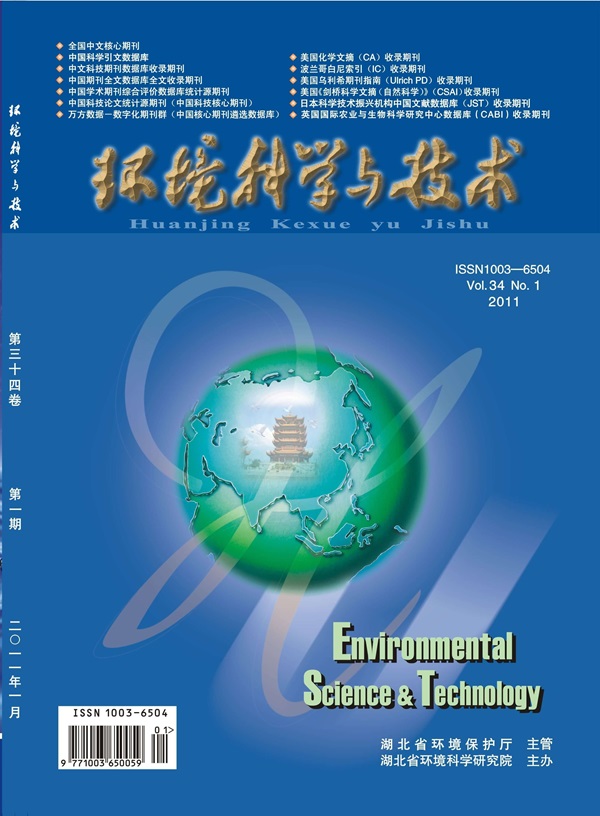Associations between Ultrafine Particles and Incident Dementia in Older Adults
IF 11.3
1区 环境科学与生态学
Q1 ENGINEERING, ENVIRONMENTAL
引用次数: 0
Abstract
Fine particulate matter (PM2.5) is linked to dementia risk, but ultrafine particles (UFPs, <100 nm) may be even more toxic due to their distinct physicochemical properties. However, evidence on UFPs and dementia remains limited. This study assessed the association between UFP exposure and Alzheimer’s disease (AD) and related dementias (ADRD) among U.S. older adults. Using Medicare data, we analyzed ZIP code-level UFP exposure in 2017 for beneficiaries aged 65 and older residing in the contiguous U.S., applying Cox proportional hazard models to estimate AD and ADRD incidence (2018–2020) while considering comorbidities. Among ∼21 million participants for AD and ∼20 million for ADRD, each interquartile range increase in UFP exposure (3701.6 and 3668.5 particles/cm3, respectively) was associated with higher AD (HR: 1.026, 95% CI: 1.014–1.038) and ADRD (HR: 1.016, 95% CI: 1.008–1.023) risks. The association was linear within typical exposure levels and stronger in individuals with comorbidities. Geographically, the UFP-associated dementia risk was higher in rural areas than in urban areas, possibly due to different pollution sources. These findings underscore UFPs as neurotoxicants and highlight the need for targeted public health interventions to protect vulnerable populations.

超细颗粒与老年人痴呆发病之间的关系
细颗粒物(PM2.5)与痴呆症风险有关,但超细颗粒物(UFPs,100 纳米)由于其独特的物理化学特性,其毒性可能更大。然而,有关超细粒子和痴呆症的证据仍然有限。本研究评估了美国老年人接触 UFP 与阿尔茨海默病(AD)及相关痴呆症(ADRD)之间的关系。利用医疗保险数据,我们分析了居住在美国毗邻地区的 65 岁及以上受益人在 2017 年的邮政编码级 UFP 暴露情况,并应用 Cox 比例危险模型估算了 AD 和 ADRD 的发病率(2018-2020 年),同时考虑了合并症。在 2100 万 AD 和 2000 万 ADRD 参与者中,UFP 暴露量(分别为 3701.6 和 3668.5 粒子/立方厘米)每增加一个四分位数间距,AD(HR:1.026,95% CI:1.014-1.038)和 ADRD(HR:1.016,95% CI:1.008-1.023)风险就会增加。这种关联在典型的暴露水平内呈线性关系,在有合并症的个体中更强。从地域上看,农村地区与UFP相关的痴呆风险高于城市地区,这可能是由于污染源不同造成的。这些发现凸显了作为神经毒物的全氟辛烷磺酸,并强调有必要采取有针对性的公共卫生干预措施来保护弱势群体。
本文章由计算机程序翻译,如有差异,请以英文原文为准。
求助全文
约1分钟内获得全文
求助全文
来源期刊

环境科学与技术
环境科学-工程:环境
CiteScore
17.50
自引率
9.60%
发文量
12359
审稿时长
2.8 months
期刊介绍:
Environmental Science & Technology (ES&T) is a co-sponsored academic and technical magazine by the Hubei Provincial Environmental Protection Bureau and the Hubei Provincial Academy of Environmental Sciences.
Environmental Science & Technology (ES&T) holds the status of Chinese core journals, scientific papers source journals of China, Chinese Science Citation Database source journals, and Chinese Academic Journal Comprehensive Evaluation Database source journals. This publication focuses on the academic field of environmental protection, featuring articles related to environmental protection and technical advancements.
 求助内容:
求助内容: 应助结果提醒方式:
应助结果提醒方式:


